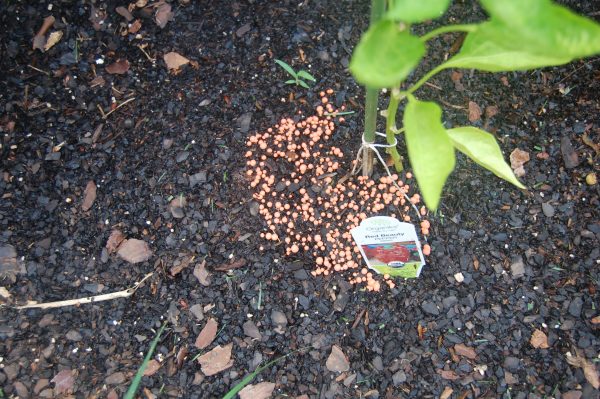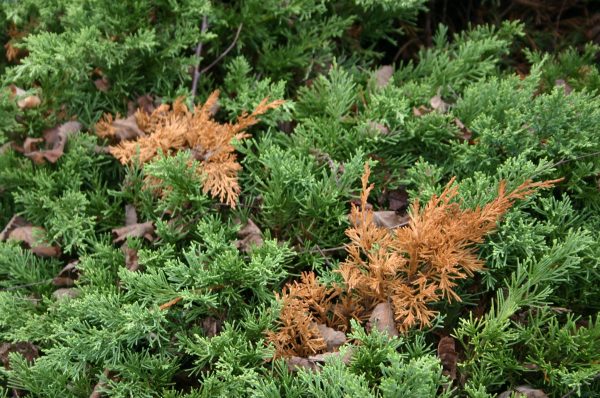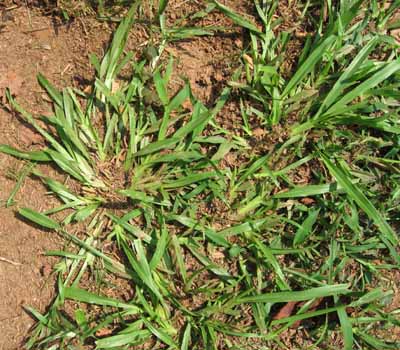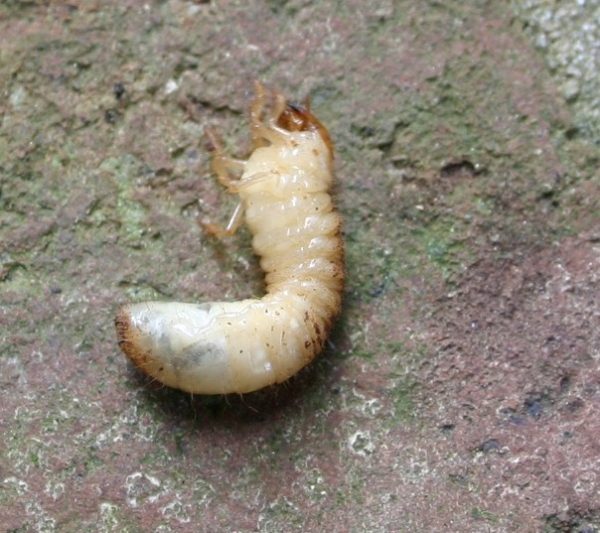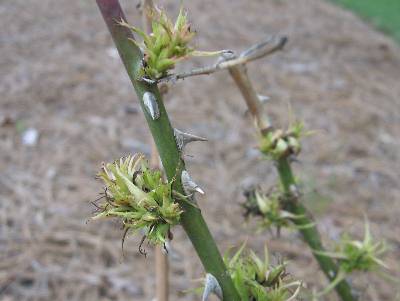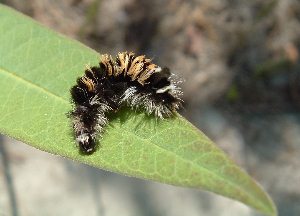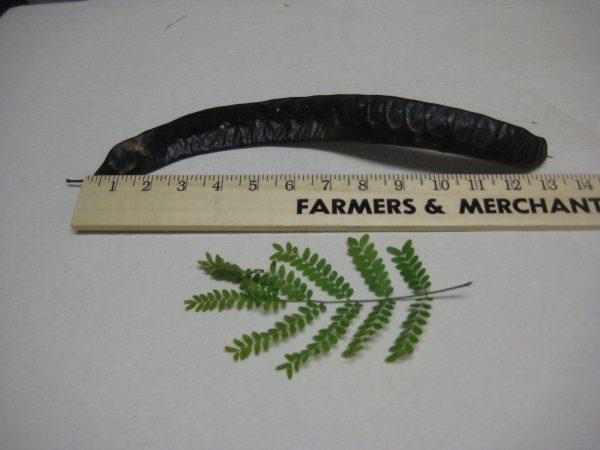Houseplants – Propagating
PROPAGATING HOUSEPLANTS – A “ROOTS” EXPERIENCE
My wife has a pothos vine that vigorously overflows and cascades down the sides of a fourteen-inch wide pot. The plant originated with three short cuttings her mother gave her for a housewarming gift five years ago. Those cuttings came from a plant her mother had received in a gift basket fifteen years earlier. ^That^ plant might have come originally from a wholesale tropical plant farm in south Florida, which might have gotten its mother plant from Malaysia one hundred years ago. The pothos’ “roots” stretch from Atlanta back to Kuala Lumpur!
It is not uncommon to know the hand-me-down history of a single houseplant and its progeny, spanning several human generations. The story might begin when someone decides to root cuttings of a favorite houseplant for a family member. As successive plants are propagated, “Great Grandmama’s Begonia” could become the common thread that holds a wide-spread family together.
It is easy to root houseplants to increase your supply or to give to a friend. Successful propagation starts with a sterile ^medium^ in which the cuttings can take root. A good rooting medium is a mixture of 2 parts perlite (for good drainage) to one part peat moss (for water retention). Both materials are inexpensively obtained at your local garden center.
A plastic shoe box makes a good propagation container to hold the medium and the baby plants. Fill it half-full with medium. You’ll also need a warm, sunny window or a fluorescent light stand (plans available on request – send an e-mail to georgiagardener@yahoo.com).
ROOTING AN AFRICAN VIOLET OR GLOXINIA
1. Remove an unblemished leaf from the mother plant, leaving approximately one-half inch of stem on the leaf.
2. Dust a rooting hormone like Rootone(tm) on the cut stem end.
3. Insert the stem into the dampened rooting medium in the propagation box. Several cuttings can be rooted at the same time in the box.
4. Cover the box top with clear plastic kitchen wrap. Place in a sunny window or six inches beneath a fluorescent lamp.
5. Remove the clear plastic after three weeks.
6. Keep the potting soil lightly moistened (try to spray the soil, not the leaves) for another three weeks.
7. Gently tug the leaves. If they resist your pull, roots have formed. The cuttings can be gently planted into individual pots at this time. Fertilize with houseplant fertilizer mixed at half strength.
8. Give to friends, family and office mates.
ROOTING LARGE-LEAF BEGONIA
1. Remove an unblemished leaf from the mother plant.
2. Use scissors to cut the leaf into wedge-shaped “pie pieces” with the base of the leaf (where the stem attaches) serving as the center of the “pie”. Each wedge should have a leaf vein running down the center.
3. Lay the leaf pieces onto the rooting medium in the half-filled box. Place a pebble on the pointed, cut end of each leaf so it touches the soil firmly. Small leaf wedges can simply be inserted, pointed end down, one-half inch into the medium.
4. Cover the box with clear plastic kitchen wrap. Place in bright light.
5. In four to six weeks, leaflets will grow at the edge of each leaf wedge. Remove the clear plastic as soon as you notice them. Keep the soil moist.
6. Allow the leaflets to grow to two or three inches tall. They should now be well-rooted into the soil.
7. Use scissors to cut the “baby” plants away from the “mother” leaf. Take care not to damage the roots.
8. The new begonias can be planted into individual pots, fertilized at half-strength and grown to mature, gift-giving size.
MORE INFORMATION
Growing African Violets http://www.ces.uga.edu/pubcd/C660.htm
Propagating Houseplants http://www.ces.uga.edu/pubcd/L290-w.htm



